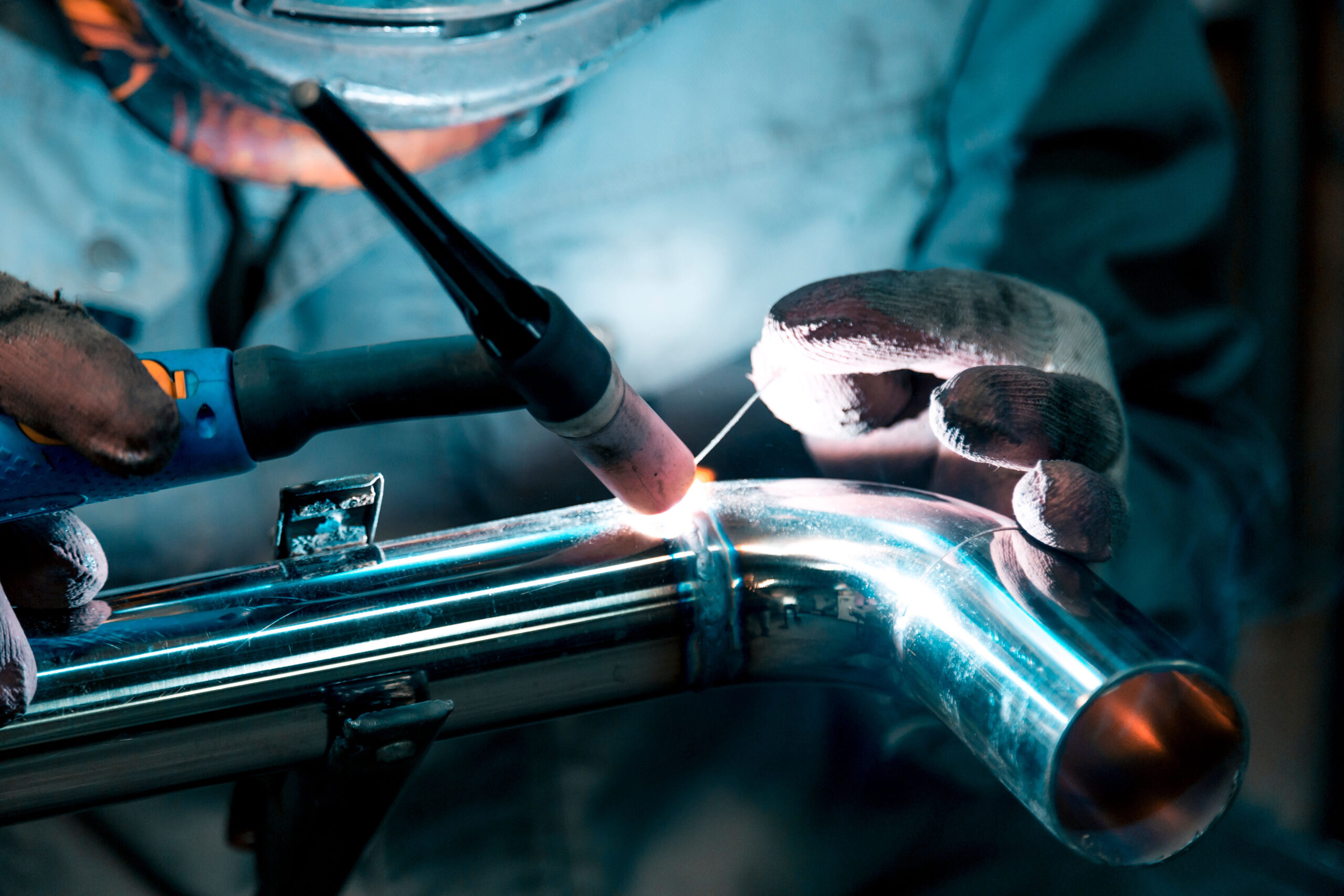Bonding WPS for Beginners: Getting Started with Welding Procedure Requirements
Bonding WPS for Beginners: Getting Started with Welding Procedure Requirements
Blog Article
The Ultimate Overview to Welding WPS Procedures: A Thorough Introduction for Welders
In the detailed world of welding, Welding Treatment Requirements (WPS) offer as the foundation of making certain quality, uniformity, and security in welding operations (welding WPS). As we dig into the different elements of a WPS and explore the complexities of credentials and certification, we will certainly discover the essential duty these procedures play in the realm of welding.
Value of WPS Procedures
Comprehending the importance of Welding Procedure Specifications (WPS) treatments is vital for ensuring the quality and stability of welded structures. WPS treatments function as a roadmap for welders, outlining the required steps, specifications, and products required to achieve a sound weld. By sticking to WPS guidelines, welders can make certain uniformity in their job, causing structurally sound and reputable welds.
One of the primary reasons why WPS procedures are crucial is their function in keeping weld high quality and stability. Complying with the defined welding criteria and techniques outlined in the WPS helps avoid defects such as porosity, cracking, or insufficient blend, which can jeopardize the strength and durability of the weld. In addition, WPS treatments are important for guaranteeing compliance with industry requirements and codes. By following well-known WPS standards, welders can show that their job meets the required requirements for safety and quality, offering guarantee to clients, examiners, and regulative bodies. Essentially, the significance of WPS treatments can not be overstated, as they are essential to achieving constant, high-quality welds that satisfy sector criteria and requirements.

Parts of a WPS
A Welding Procedure Specification (WPS) usually comprises vital components that information the details requirements for performing a weld, ensuring uniformity and quality in the welding process. The vital parts of a WPS consist of necessary variables such as base steels, filler metals, interpass and preheat temperatures, welding processes, securing gases, welding settings, and post-weld warmth treatment demands.
Base steels refer to the materials being signed up with, while filler steels are utilized to fill the gap in between the base metals throughout welding. The welding procedure outlines the certain method to be made use of, whether it's gas steel arc welding (GMAW), shielded metal arc welding (SMAW), or one more method. Welding positions define the orientations in which welding can be carried out.

Credentials and Certification
Having developed the necessary elements of a Welding Treatment Spec (WPS), the emphasis currently changes towards the essential elements of certification and qualification in welding practices.

Accreditation, on the other hand, is the formal recognition of a welder's qualifications by an appropriate certification body or company. Welding accreditations are commonly based on the certain welding processes, products, and positions a welder is certified to function with. Holding a legitimate welding accreditation demonstrates that a welder meets industry criteria and is proficient to carry out welding tasks to visit site the needed specs.
Developing a WPS
To create a Welding Treatment Requirements (WPS) that satisfies sector standards, cautious factor to consider of welding processes, products, and operational criteria is crucial (welding WPS). The initial step in producing a WPS is to recognize the welding procedure to be used, such as gas steel arc welding (GMAW) or protected steel arc welding (SMAW) Once the welding procedure is identified, the following critical facet is selecting the suitable products, considering factors like base metal kind, density, and joint style. Operational parameters such as welding existing, voltage, traveling speed, and protecting gas structure must also be diligently specified in the WPS.

Implementing and Checking WPS
Upon wrapping up the thorough Welding Treatment Requirements (WPS) that carefully information welding processes, materials, functional parameters, and quality assurance measures, the focus changes to efficiently applying and keeping an eye on the well-known treatments. Execution entails making sure that all welders associated with the job recognize with the WPS and follow it meticulously during the welding procedure. This calls for giving appropriate training and guidance to guarantee adherence to the defined treatments. Checking the WPS includes constant oversight to confirm that welding activities line up with the recorded requirements. Evaluations, screening, and high quality control steps are vital components of the tracking procedure to recognize any problems or deviations quickly. Routine audits and testimonials of the welding procedures help in maintaining uniformity and high quality throughout the project. Effective application and tracking of the WPS are vital for guaranteeing the stability, stamina, and safety and security of the bonded joints, eventually adding to the total success of the welding task.
Verdict
In conclusion, understanding and adhering to Welding Procedure Specifications (WPS) is vital for welders to ensure high quality, uniformity, and security in their work. By recognizing the components of a WPS, obtaining correct credentials and certifications, developing comprehensive procedures, and carrying out and checking them successfully, welders can enhance their skills and efficiency in welding methods. Sticking to WPS treatments is important for generating top notch welds and conference sector standards.
In the complex world of welding, Welding Procedure Specifications (WPS) offer as the foundation of making certain top quality, consistency, and safety in welding procedures. The welding process outlines the particular method to be utilized, whether it's gas metal arc welding (GMAW), secured metal arc welding (SMAW), or an additional technique.To welding WPS create a Welding Treatment Spec (WPS) that fulfills industry criteria, careful factor to consider of welding procedures, products, and functional criteria is necessary. The first action in developing a WPS is to recognize the welding procedure to be used, such as gas metal arc welding (GMAW) or protected metal arc welding (SMAW)Upon wrapping up the thorough Welding Treatment Specification (WPS) that diligently information welding processes, materials, functional specifications, and quality guarantee actions, the emphasis changes to effectively executing and keeping an eye on the recognized procedures.
Report this page